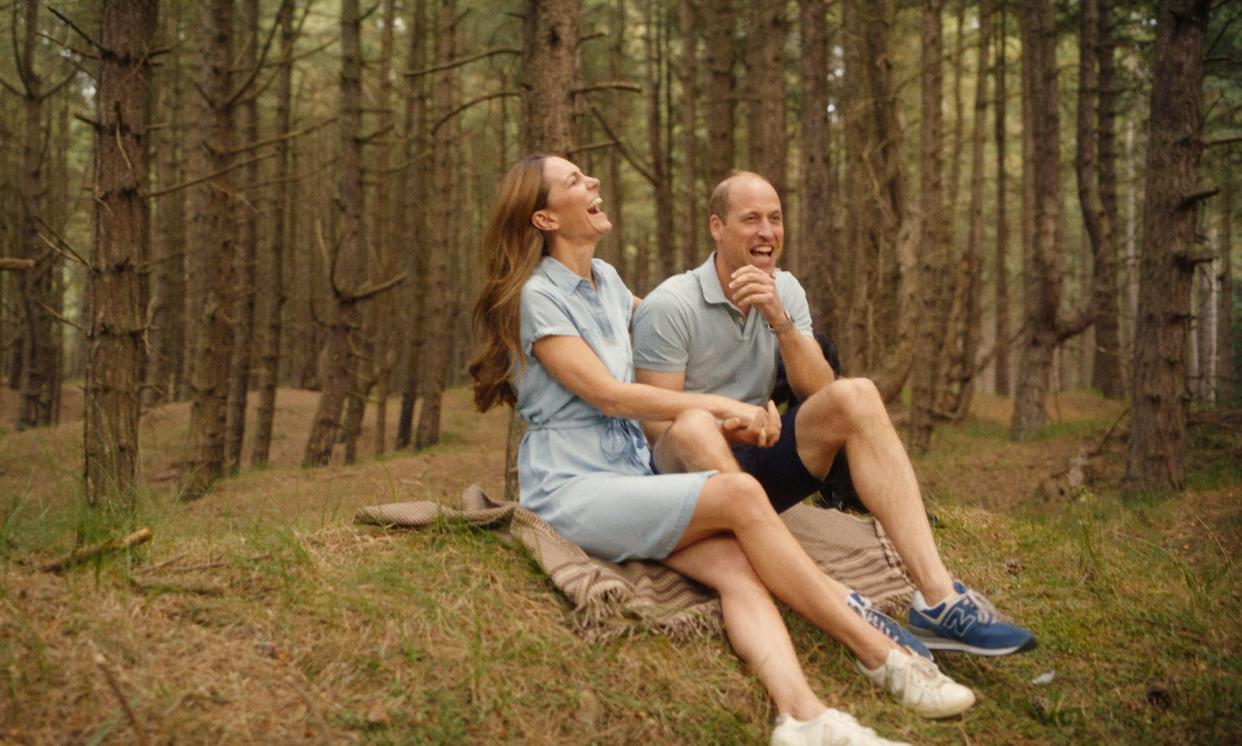What cancer treatment has the Princess of Wales had – and what lies ahead?

The Princess of Wales has announced that she has completed the preventive chemotherapy she began when her doctors discovered she had cancer after major abdominal surgery in January. We take a look at what this might mean for Catherine going forwards.
What is preventive chemotherapy?
Preventive chemotherapy is also known as adjuvant chemotherapy. It is usually given after a patient has had their primary treatment for cancer – such as surgery – and is given in order to reduce the risk of the disease coming back.
The chemotherapy works by killing off any cancer cells that might be lingering in the body after surgery but which cannot be seen, with a typical course lasting three to six months.
How effective the treatment is depends on the type and stage of the cancer, neither of which have been divulged in the case of Catherine.
However, experts have previously said that the discovery of cancer during surgery for another condition – as was the case for Catherine – is often associated with the cancer being at an early stage when post-operative chemotherapy is more effective.
When did Catherine begin her preventive chemotherapy?
The princess announced she was undergoing a course of preventive chemotherapy in March, but her treatment began earlier, in February.
What does it mean now she has finished the treatment?
“If she has now completed preventative – what we call adjuvant – chemotherapy, this would mean she should be currently regarded as cancer free,” said Prof Alison Birtle, consultant oncologist at the Rosemere Cancer Centre, Royal Preston hospital.
Lawrence Young, emeritus professor of molecular oncology at Warwick Medical School also said the news was positive. “It is likely that by all current available tests – scans, blood tests – there is no sign of cancer,” he said. “This doesn’t necessarily mean that the cancer is completely eradicated but the hope is that it is.”
Catherine in her announcement suggested she was indeed free of the disease.
“Doing what I can to stay cancer free is now my focus,” she said in the statement released on Monday. “Although I have finished chemotherapy, my path to healing and full recovery is long and I must continue to take each day as it comes.”
Will Catherine need further treatment?
The palace has not provided any further information, such as whether Catherine will be having regular check-ups, although such appointments would typically be expected.
Andrew Beggs, professor of surgery and cancer genetics at the University of Birmingham, said: “She will need further follow-up and surveillance scans to ensure her cancer doesn’t come back. The precise duration of this will depend on what type of cancer she had.”
Young agreed. “She will need to be routinely checked with scans and blood tests but there is every reason to be hopeful that her cancer will not return,” he said.
Preventive chemotherapy doesn’t guarantee that cancer will not return, but helps to lower the risk.
“If the cancer came back in the future, she would [need] treatment at that point,” said Birtle. “Treatment would depend on where it came back, what the original cancer type was and what treatment she has already had, together with how long in the future this might be from her original diagnosis and treatment.”
But, Birtle added: “If she has completed preventative chemotherapy it is likely that she does not need anything else at this time point.”
Will Catherine now return to her normal duties?
It is expected that Catherine will be undertaking a handful of public engagements in the coming months when she can. But decisions about 2025 have yet to be finalised, and it is understood they will be taken in line with medical advice.


